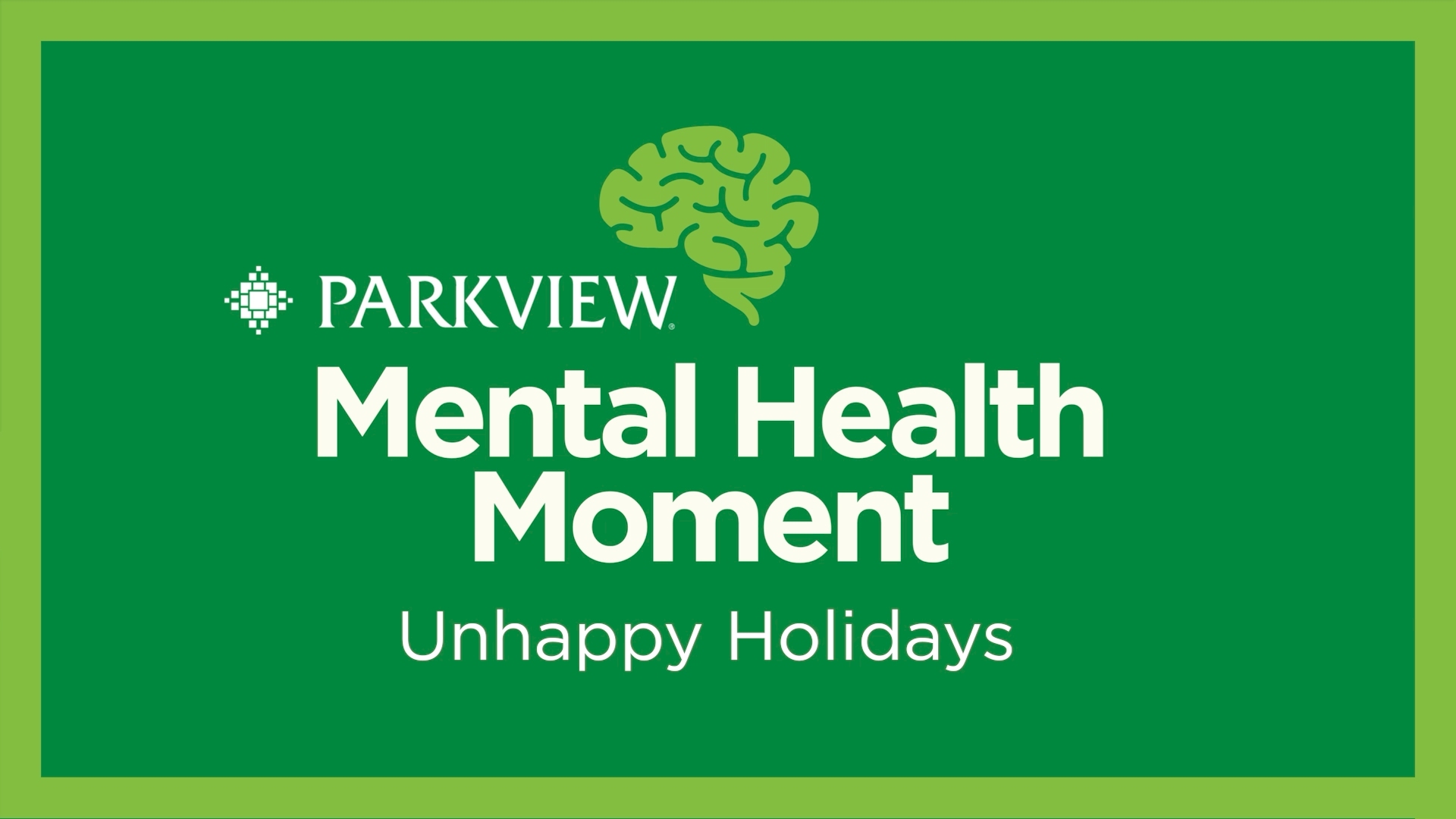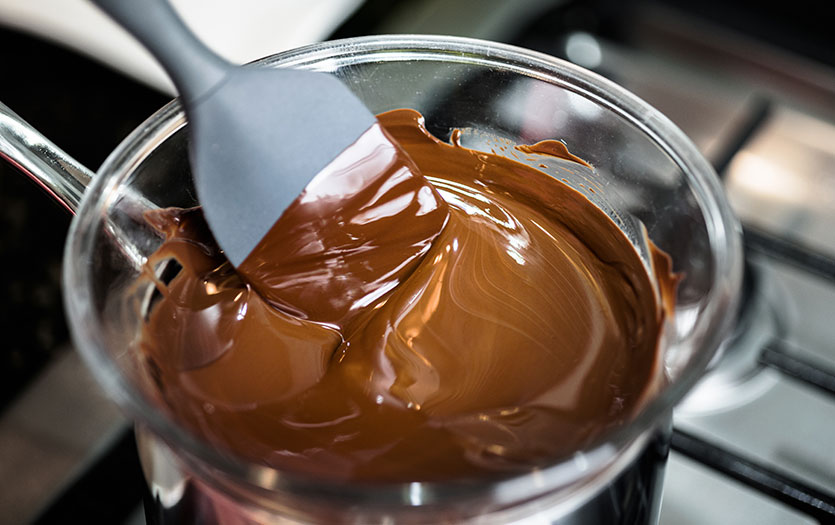
Did you know that gratitude can increase happiness? According to experts at Harvard Medical School, “Gratitude helps people feel more positive emotions, relish good experiences, improve their health, deal with adversity and build strong relationships.” Whether it’s preventing the winter blues, managing holiday stress or just improving overall well-being and experience of life, a gratitude practice is an excellent addition to your daily routine. LeeAnn Hoffman, wellness coach, Parkview MyWell-Being, has some helpful tips for putting thankfulness into practice.
What does it mean to practice gratitude?
Gratitude is the act of noticing and appreciating all the positive things in your life. A gratitude practice is training yourself to notice and appreciate those good things, then expressing gratitude for them. This shifts your perspective so you begin to notice and appreciate all the good things around you and you start to think more positively as a result.
How do I begin a gratitude practice?
There are several ways to introduce more appreciation into your routine. Here are four of my favorites:
Write it out. A gratitude journal is a great place to start. In fact, there are several journals on the market that include prompts and activities to encourage a structured gratitude practice. You can also simply purchase a journal or notebook and develop your own practice. You can write a list, complete a journal entry or even write a letter to someone you appreciate. Dr. Martin E. P. Seligman, a psychologist at the University of Pennsylvania, tested how gratitude impacted students who took a moment to thank someone in their life and the results were more effective in shaping the students’ happiness than any other intervention, with some positive effects lasting more than a month.
Meditate about it. If writing isn’t your thing, you can simply meditate on gratitude. Formal meditation or a moment of gratitude can shift your perspective. An easy way to meditate on gratitude is to take 1-2 minutes during your day and notice what you are grateful for. This might be related to what’s around you: “In this moment, I am grateful I have a roof over my head, the color of my room, this soft blanket,” etc. Or, it might pertain to your life overall: “I am so thankful for my family, that moment of laughter earlier,” etc. You can do this while brushing your teeth, making a meal, in a stressful moment to release tension or in a quiet moment of your day. You can also create a more formal practice meditating each day with guided mediation or a dedicated time, space and intention.
Tap into your senses. Another way to practice gratitude is through mindfulness. Mindfulness is a practice that allows us to be present in the current moment without judgement. We do not allow ourselves to think about the future (anxiety) or worry about the past (guilt), and instead we enjoy the moment and live more fully. You can practice this technique even during simple tasks such as driving your car or washing the dishes. Focus on your senses: What do you feel? What do you smell? What do you see? What do you taste? What do you hear? If you find yourself thinking about something else and falling out of the present moment, bring your awareness back to the moment. This may take some practice, but it will become easier with time.
Simplify your surroundings. A final suggestion for implementing a gratitude practice is to declutter and live more simply. Getting rid of items that are cluttering your space will allow you to truly enjoy the items you have. The decluttering process grants you time to assess how your possessions contribute to your life. You might stumble upon old memories and possessions that remind you of good times. The things you decide to keep are the possessions that are helpful, necessary and bring you joy, while the ones you get rid of are only bringing anxiety, clutter and stress. Items you no longer need may be donated to a good cause and help others as well.
Take the Gratitude Challenge
Find a gratitude practice that works for you. Whether it’s practicing mindfulness, purchasing a structured gratitude journal or throwing away items that no longer serve you, it’s easy to practice gratitude and increase your overall well-being.



